Rooted in Design favors timeless gardening, timely gardens
Rooted in Design by Tara Heibel and Tassy de Give attracts amateur, newbie, and specialist gardeners to their Sprout Home’s creative indoor planting guide for employing classic gardening techniques to realize modern gardened interiors. The image-filled, information-rich, 2015-released publication begins with introductions to the genesis and sustainability of the design, education, and product-oriented Sprout’s Home business based by:
• Tara in 2003 in Chicago, Illinois;
• Tassy four years later in Brooklyn, New York.
It then continues with seven chapters of answers to bringing the most attractive, cooperative, and eco-friendly plants into businesses and residences for containerizing, displaying, enduring at, flourishing on, and gracing such strategic sites indoors as:
• from ceilings;
• in kitchens, terrariums;
• on floors, ledges, tables, walls.
*****
Contact Information for Brooklyn regarding appointments, arrangements, classes, deliveries, events, products:
Email: [email protected]
Physical Address: 44 Grand Street, Brooklyn, NY 11249
Telephone: 718 - 388 - 4440
Contact Information for Chicago regarding appointments, arrangements, classes, deliveries, events, products:
Email: [email protected]
Physical Address: 745 N. Damen Avenue, Chicago, IL 60622
Telephone: 312 - 226 - 5950
Hours: Daily, 10:00 a.m. to 7:00 p.m.
Website: https://sprouthome.com/
*****


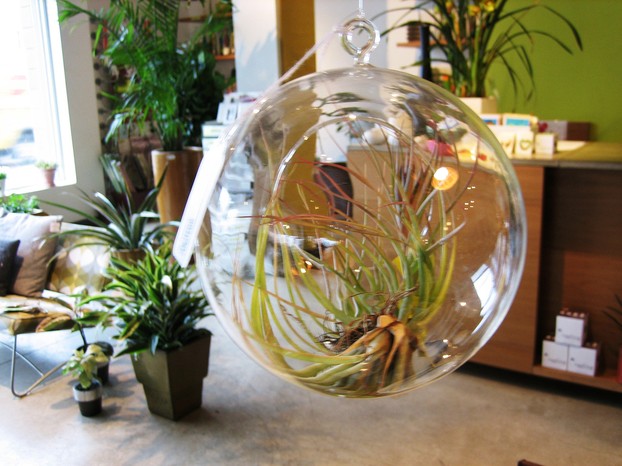
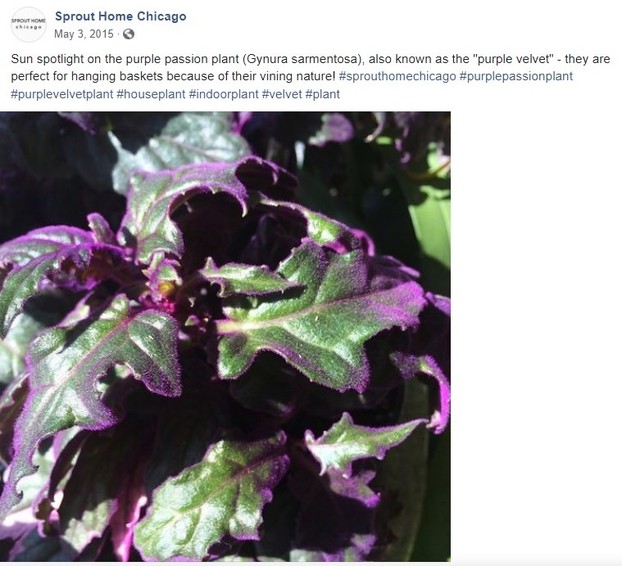



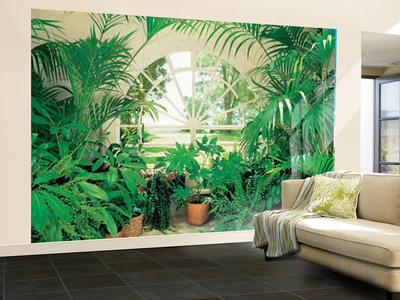

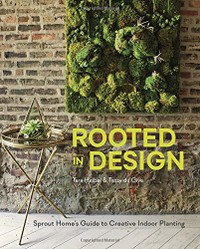

 Are Hawaiian Huakai Po Nightmarchers Avenging Halloween Thursday?on 10/02/2024
Are Hawaiian Huakai Po Nightmarchers Avenging Halloween Thursday?on 10/02/2024
 Mailing Addresses for 2023 Form 4868 Extending 1040 and 1040SR April 15, 2024, Due Dateon 04/15/2024
Mailing Addresses for 2023 Form 4868 Extending 1040 and 1040SR April 15, 2024, Due Dateon 04/15/2024
 Mailing Addresses for 2023 Forms 1040 and 1040SR Filed in 2024on 04/15/2024
Mailing Addresses for 2023 Forms 1040 and 1040SR Filed in 2024on 04/15/2024
 Mailing Addresses for 2022 Form 4868 Extending 1040 and 1040SR April 18, 2023, Due Dateon 04/13/2023
Mailing Addresses for 2022 Form 4868 Extending 1040 and 1040SR April 18, 2023, Due Dateon 04/13/2023

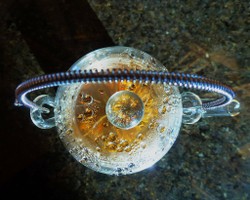
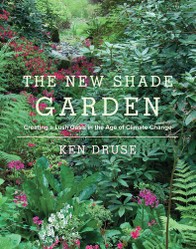
Comments
Thank you for stopping by, WriterArtist!
Me too, I find that outdoor sentient plants do better in sunshine than indoor sentient plants do with reflected light.
You identify many of your houseplants as shade plants. Me too, that's something that impels me to put a sentient plant indoors even as I look at shade plants outside in my shade garden between the triangle created by the box elder, eastern pine, English yew and silver maple always doing better than their counterparts indoors.
Fortunately, I notice no mealybugs on any plants indoors or outside.
Living with sentient plants always serves as a lifelong learning process for us all.
I have tried planting indoors. I found that they do better in sunshine. Most of my plants were shade plants. Growth is not so remarkable compared to outdoors. They also got easily infected by mealybugs possibly due to increased humidity. I am still learning.
Thank you for visiting!
Me too, I love the collections and the photos that are included in this article. The hanging-globe and the table-top terraria rank among my favorite products from this educationally entertaining, entertainingly educational book. I refer to it perhaps every week, if not just to review the welcoming images.
Dear DerdriuMarriner - I love the photos and collections you have displayed in this article. Glass terrariums look so lovely, one complete eco-system that can sustain by minimal efforts.
katiem2, Thank you for liking what Sprout Home does for commercial, industrial and residential sites, making them greener and greener one plant, and another, and yet another at a time.
A green, living roof sounds so attractive, friendly, healthy and so very Irish and Scot, like my ancestry too. Wouldn't your green, living, Irish-, Scot-style roof make a great children's book with your redheads skipping through the open-air, sunlit greenery?
I adore plants and planting, I have a multitude of plants both indoors and out. It just feels better to be surrounded by plants. I find it hard to imagine how so many people live without this awareness and are not enjoying the many benefits of sharing their dwellings with living and breathing plants. I have a collection of air plants as well. This article caught my eye and have been pleasantly surprised by the new and different ways I can add more. I really want a living roof, working on developing the details, living in Ohio is much like living in my homelands, Ireland and Scotland so as done there I am hoping to do here.
Hi Derdiu, thanks.
L'heure d'été sounds like a film I would enjoy :)
Mira, The Rooted in Design authors do a big business with commercial/industrial space converted into apartments and homes or maintained for business and industry. So they know how to coordinate weight with weight-bearing walls inside as well as outdoors, be it building exteriors or interiors or inner or outer courtyards.
The book mentions wall-held boards for affixing like about three plant-filled mason jars, planters and pots. Some of the wall planters look brick-sized; others like those boards (I'm not thinking of their name right now) that from the profile look like a v because they're like an accordion file for papers; and still others closer to a rectangular container that would fill the sill to a window with three horizontal by four vertical panes.
Sorry not to have included this in the answer below ;-[!
Mira, Terraria are quite popular here, for many reasons, among which they give such great views from many different angles and perspectives of what's inside them. Me too, I like glass even though I'm simultaneously wary because of the possibility of cracking and shattering.
In another direction, have you seen the film L'heure d'été? I love the scenes about the cumbersome glass vase that, up to the point of inventory, everybody disdains except Éloïse.
These terraria are quite popular now. I also like these glass bowls, but they seem a little too cumbersome. They somehow make more of a statement than the plants themselves, I think.
Does this book mention planters in a wall-like setting? I've seen this here in Bucharest, and I like the idea, but it's mostly one for the outdoors.